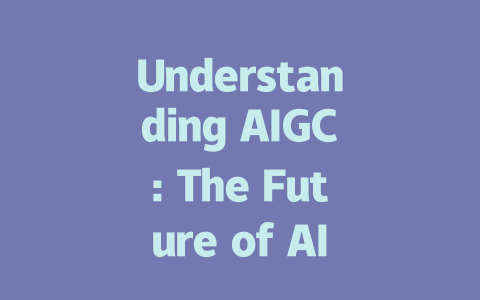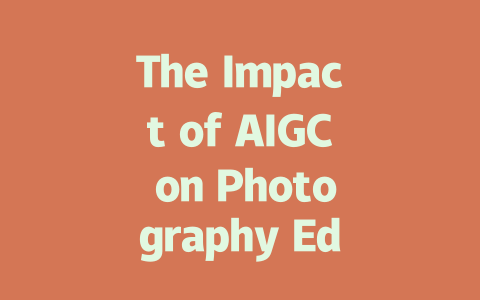
As artificial intelligence continues to evolve, the incorporation of AIGC (Artificial Intelligence Generated Content) has become increasingly prevalent across various industries. Two leading players in this realm are Amazon and Huawei, both of which have adopted innovative strategies to harness the power of AIGC. This article explores the initiatives and insights from these tech giants.
Understanding AIGC and Its Significance
AIGC refers to content that is generated or assisted by artificial intelligence systems. This can range from text, images, to complex data analyses. The significance of AIGC lies in its ability to enhance productivity, creativity, and efficiency in content creation processes. Businesses leveraging AIGC can produce high-quality materials faster, allowing for greater scalability and engagement with audiences.
Amazon’s Approach to AIGC
Amazon has been at the forefront of adopting AIGC technologies, particularly in its e-commerce and cloud computing operations. By utilizing AI algorithms, Amazon is able to generate personalized product recommendations that enhance the shopping experience for users. These recommendations are crafted based on user behavior, preferences, and purchase history, leading to increased customer satisfaction and sales.
Moreover, Amazon Web Services (AWS) offers tools and solutions that enable businesses to integrate AI into their operations. For instance, AWS provides machine learning services that help organizations analyze large datasets and generate insights in real-time. This empowers companies to leverage data more effectively, ensuring they remain competitive in the rapidly changing market landscape.
Huawei’s Innovative Strategies
In contrast, Huawei has focused on integrating AIGC within telecommunications and smart device ecosystems. The company has developed AI-driven solutions that optimize network management and improve connectivity for users. Huawei’s approach to AIGC is holistic, encompassing everything from efficient resource allocation to predictive maintenance of network systems.
Additionally, Huawei has invested in research and development surrounding AIGC technologies. The company has launched initiatives aimed at fostering collaboration and innovation within the AI community. By partnering with universities and research institutions, Huawei is not only enhancing its own AIGC capabilities but also contributing to the broader ecosystem of AI research and application.
The Future of AIGC
Looking ahead, the potential for AIGC continues to expand. As more companies recognize the benefits of AI-generated content, we can expect an increase in innovation and collaboration in this space. Both Amazon and Huawei are well-positioned to lead these advancements, utilizing their expertise to push the boundaries of what AIGC can achieve.
In conclusion, Amazon and Huawei exemplify how AIGC can transform industries by enhancing efficiency, improving user experience, and fostering innovation. Their unique approaches not only contribute to their respective success but also pave the way for others to explore AI’s transformative potential in content generation and beyond. As the landscape of technology evolves, staying abreast of these developments will be crucial for businesses aiming to thrive in the digital age.














暂无评论内容